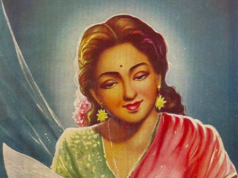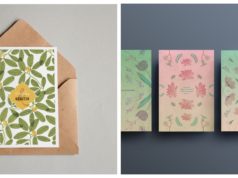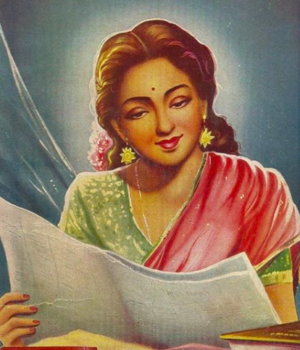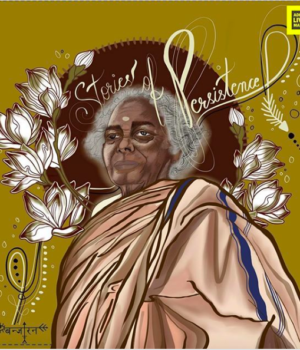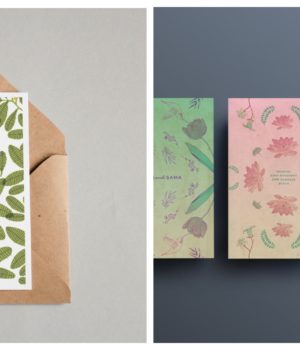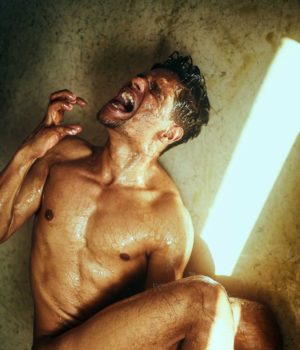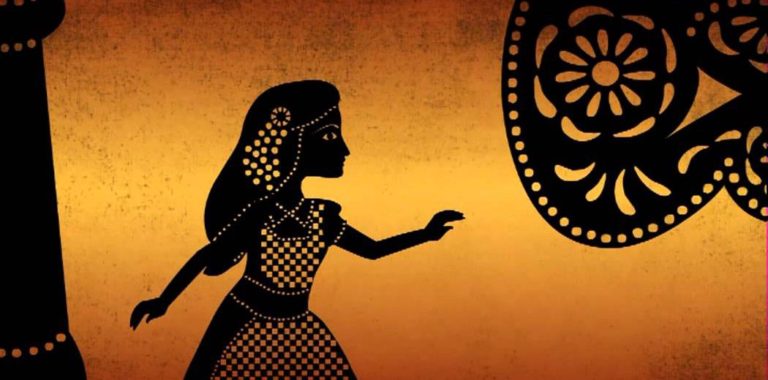
Sbcltr‘s Alice Sharma meets the last surviving family of ancient puppeteers, struggling to revive the dying art from Kerala.
“Ours is the only surviving troupe of shadow puppetry in Kerala,” says Vipin Pulavar, a psychiatrist, who has turned into a bit of a cultural activist. Pulavar is one of the members of the Tholpavakoothu troupe or shadow puppetry, the ritualistic art form of Kerala.
This traditional art form is fast vanishing from Kerala. “The generation today finds it boring, they say there is nothing new to it. But we cannot change tradition. If we do, we stand the chance of angering goddess Bhadrakali,” he explains.
Tholpavakoothu, is believed to be a 2,000 year old art form, which performs the Kamba Ramayana traditionally. Although the text is peppered with some sanskrit and Malayalam words, it is primarily worded in Tamil.
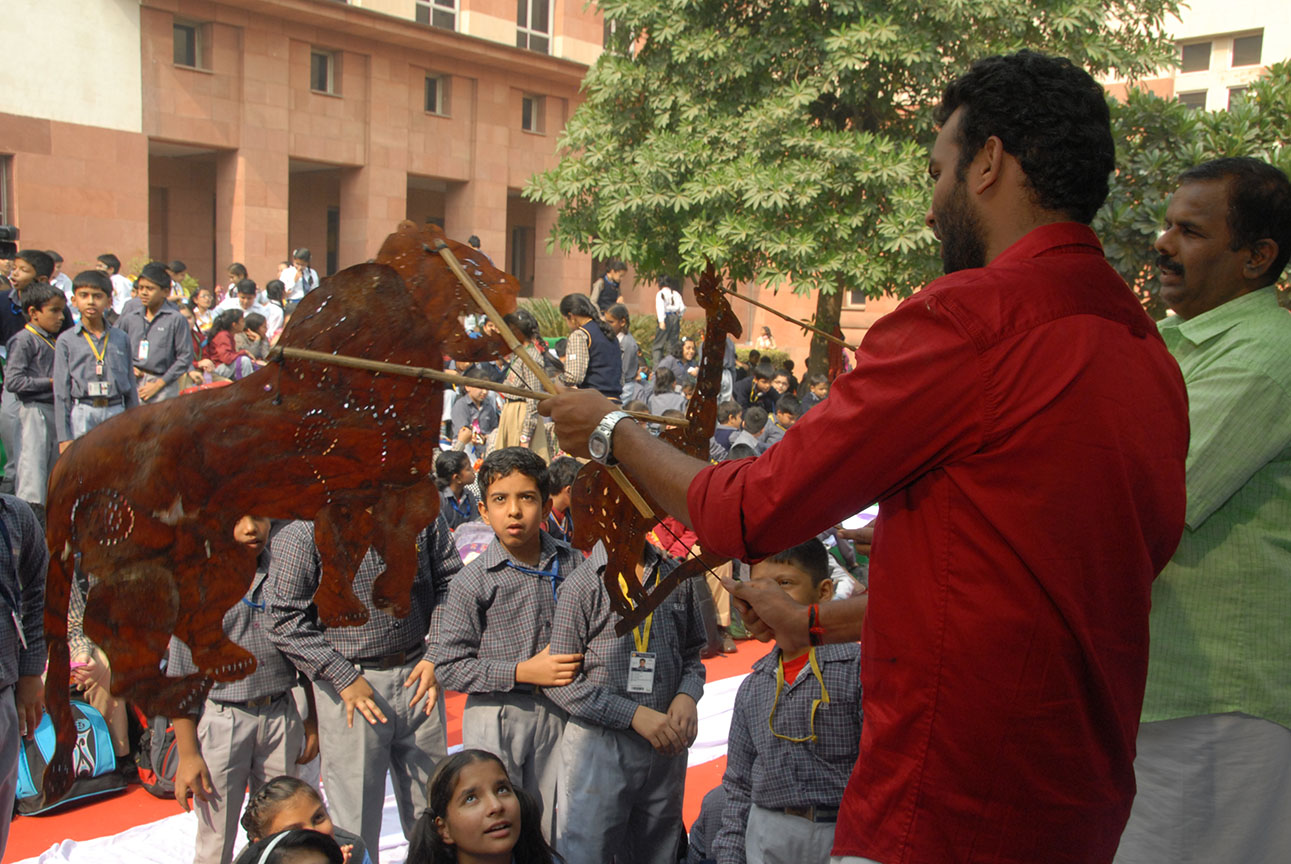
This art form which was earlier performed to solely please goddess Bhadrakali, has now moved onto cultural events, such as weddings and ticketed shows abroad to keep the art alive.
On being asked about the language as a barrier in their performances outside Kerala, Pulavar says that language is no hindrance for art. In fact, people abroad are more interested in Tholpavakoothu , than the ones in the country of its origin. It is a very visual experience along with a cultural experience. People rarely need a translation once they’ve been overwhelmed by the 7-8 feet tall puppets.
Pulavar says, they are expensive to make and maintain. His mother makes them for the troupe. Traditionally, deer skin was used to make these puppets as it was considered sacred. “We use leather to make the puppets, it takes at least seven to eight days to make a single piece. Leather keeps them from damaging easily and vegetable paint is also used to keep them sturdy,” he says.
Pulavar wants to revive this age old art and carry it forward for future generations. “One of the reasons for shadow puppetry being on the brink of extinction is the fact that older troupes treat it as a profession. For us, it’s not about money, it is only passion that keeps us going,” he explains further, adding, “We all have other professions too, but in our troupe of eight members, only a few use this art form as their only source of income.”
The team has staged over 5000 performances in India and abroad. Apart from religious themes, they are now expanding their themes to include issues such as anti-smoking, anti-ragging. They have also done some stand alone performances such as, the life of Jain saint, Lanka Lakshmi with NSD (National School of Drama).
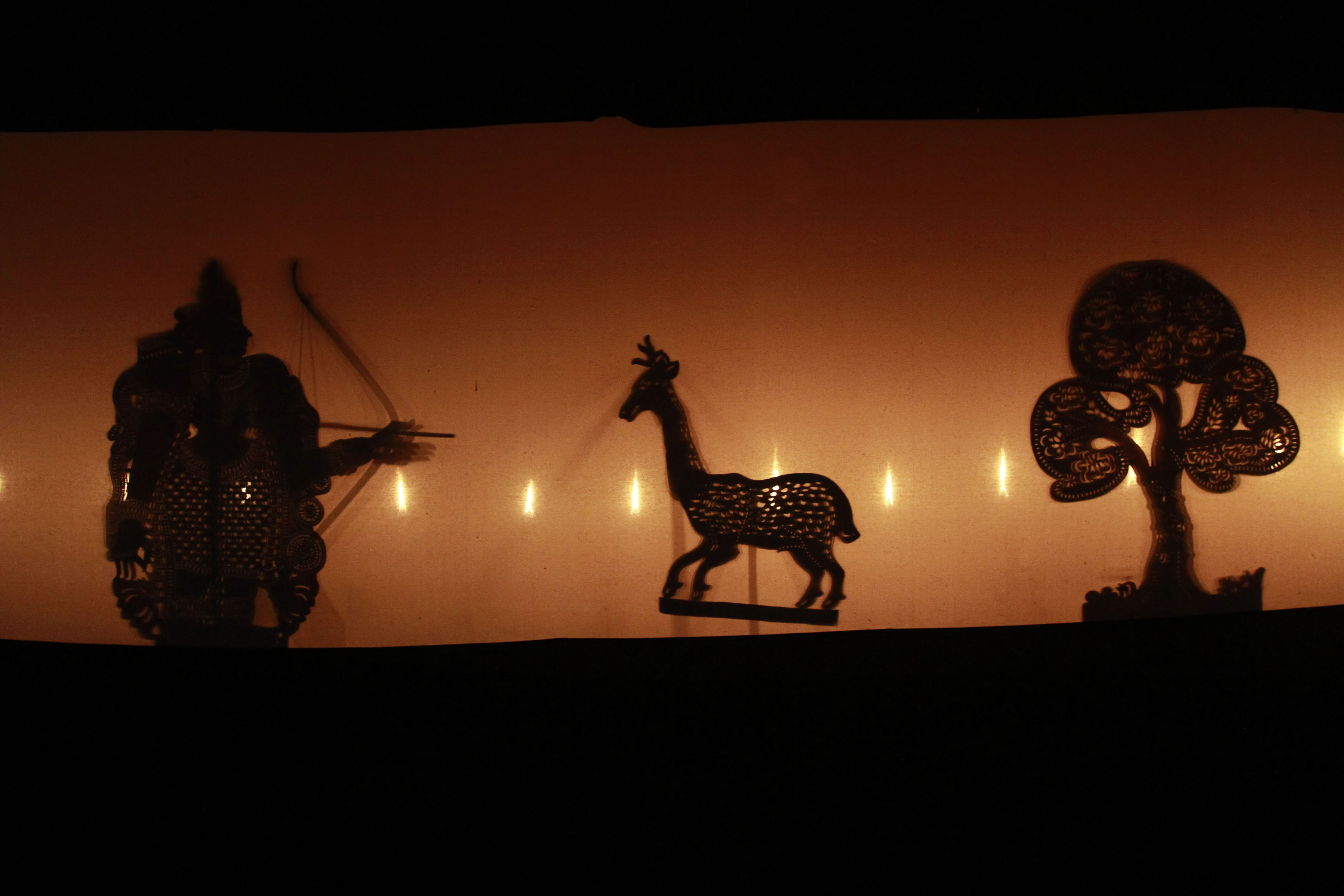
Tholpavakoothu is now preserved as a family tradition of Pulavars. All members now not only carry forward the tradition of their family, but also a culture embedded in this ancient art form of puppetry.
Written by Alice Sharma. This article was first published on Sbcltr.
Featured image source: Sbcltr

